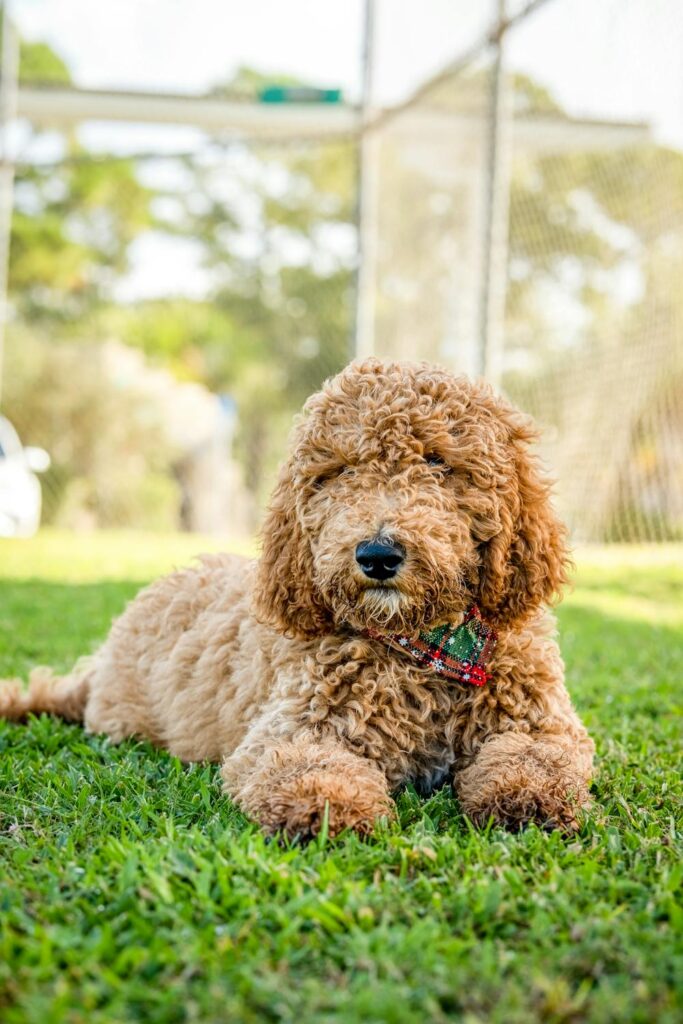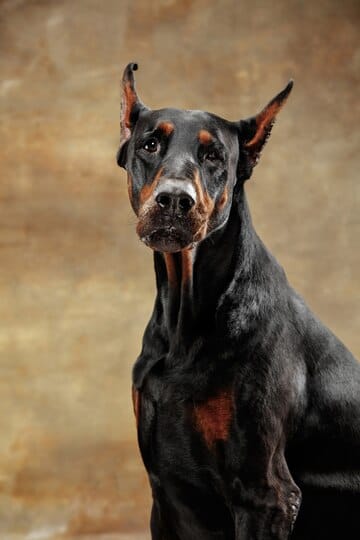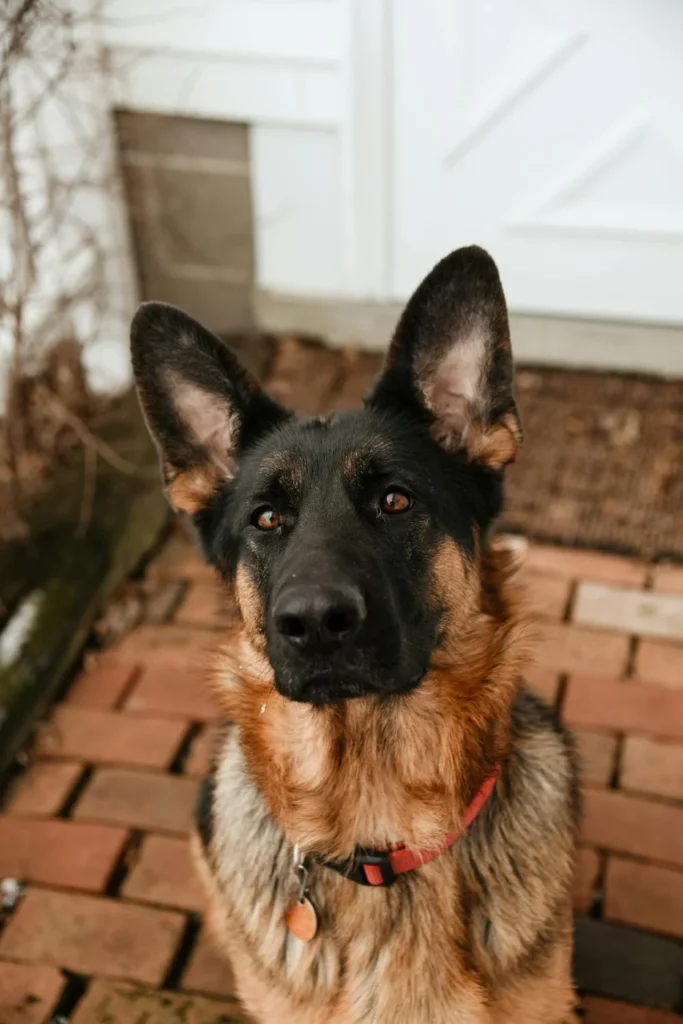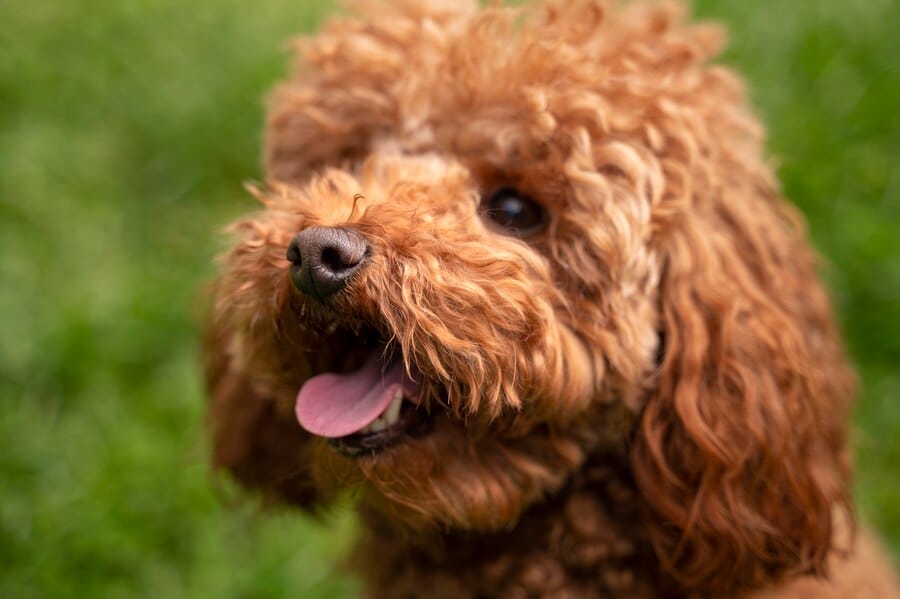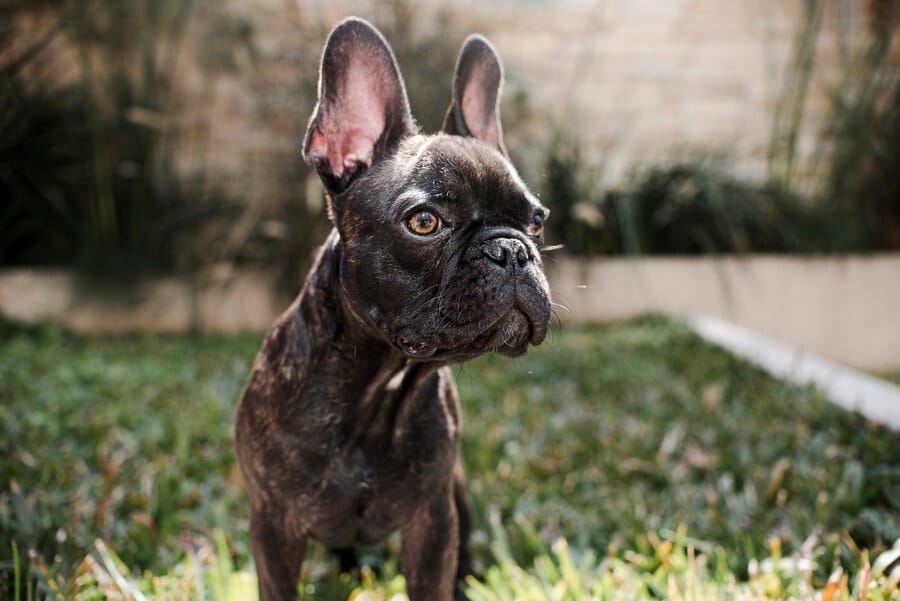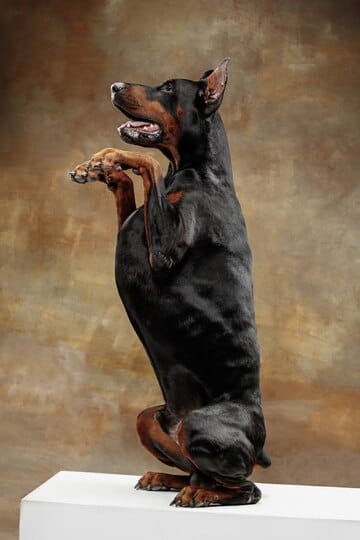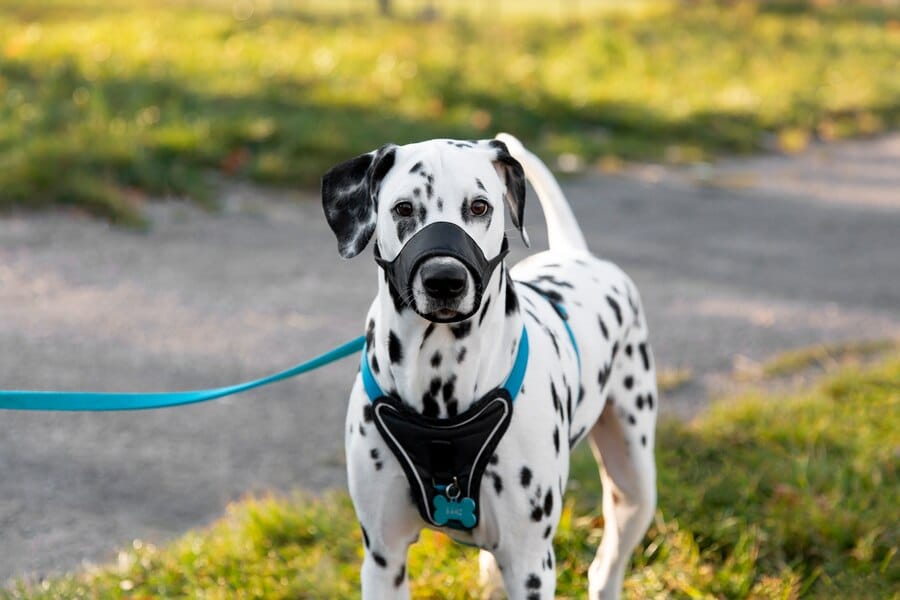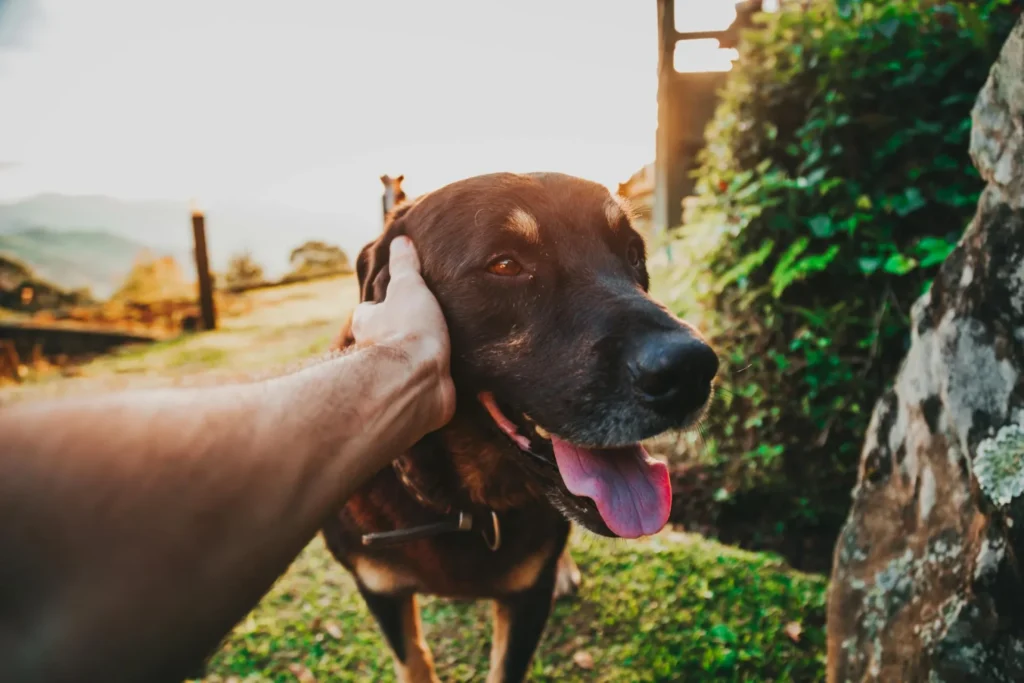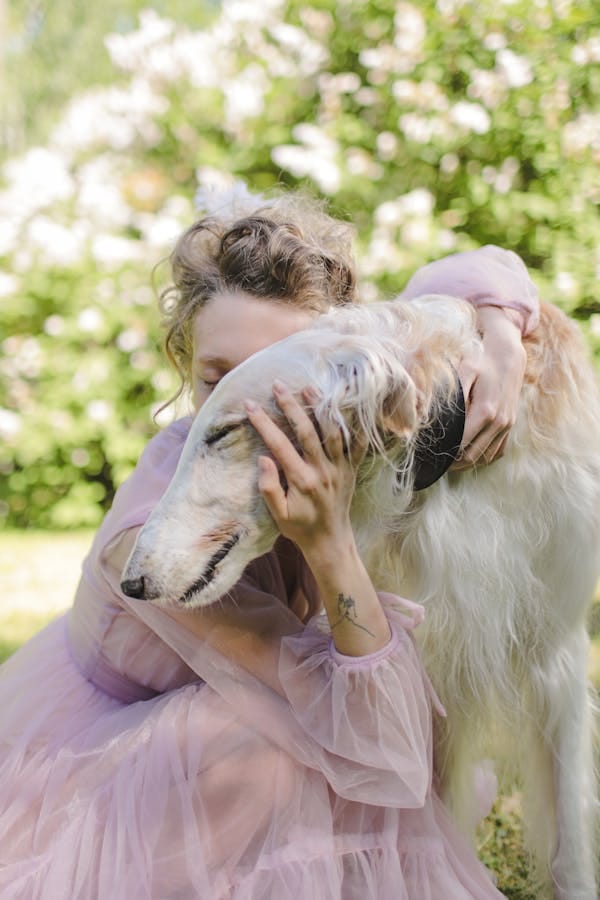- Introduction: Pricking Up Our Ears to Poodle Peculiarities 🎭
- The Basics: Poodle Ear 101 📚
- The Big Question: Why Do Poodles Have Big Ears? 🐘
- The Stinky Situation: Why Do Poodle Ears Sometimes Smell? 🦨
- Consequences: When Ear Issues Go Untreated 😨
- Solutions: Keeping Those Ears Perky and Fresh 💪
- Poodle Ears vs. Other Breeds: An Ear-to-Ear Comparison 🐕
- Fun Facts: Poodle Ears Edition 🎉
- FAQs: Your Burning Questions About Poodle Ears Answered! 🔥
- Conclusion: Embracing the Ears in All Their Floppy Glory 🌟
Introduction: Pricking Up Our Ears to Poodle Peculiarities 🎭
Ah, poodles! Those elegant, intelligent canines with their distinctive curly coats and proud stance. But let’s face it – there’s more to these dapper dogs than meets the eye. Today, we’re zooming in on a feature that’s often overlooked but plays a crucial role in your poodle’s health and happiness: their ears. From their impressive size to their occasional… shall we say, aromatic qualities, poodle ears are a topic worth exploring. So perk up those ears (poodle or human) and let’s dive into the wonderful world of poodle auditory appendages! 🌟

The Basics: Poodle Ear 101 📚
Anatomy of a Poodle’s Ear 🧠
Before we get into the nitty-gritty, let’s break down the basic structure of a poodle’s ear:
- Pinna: The visible, floppy part of the ear
- Ear Canal: The tunnel leading to the eardrum
- Eardrum: Separates the outer and middle ear
- Middle Ear: Contains tiny bones that transmit sound
- Inner Ear: Responsible for balance and converting sound waves to nerve impulses
Understanding this structure is key to comprehending poodle ear health and potential issues.
Poodle Ear Function: More Than Just Hearing 🎵
Poodle ears serve several important functions:
- Sound Reception: Obviously, for hearing (and they hear much better than we do!)
- Communication: Ear positions can convey emotions and intentions
- Temperature Regulation: Blood flow in the ears helps control body temperature
- Balance: The inner ear plays a crucial role in maintaining balance
The Big Question: Why Do Poodles Have Big Ears? 🐘
Ah, those gloriously large, floppy ears! But why are they so big? Let’s explore:
- Breed Standard: The AKC breed standard calls for ears that are “long, wide, and thickly feathered”
- Historical Function: Large ears helped protect the ear canal while retrieving in water
- Scent Trapping: Floppy ears can help “sweep” scents towards the nose
- Heat Regulation: Larger surface area allows for better temperature control
Factors Influencing Ear Size 📏
Several factors can affect the size of a poodle’s ears:
- Genetics: The primary determiner of ear size
- Poodle Variety: Standard Poodles often have proportionally larger ears than Toys or Miniatures
- Age: Puppy ears may appear larger in proportion to their heads
- Individual Variation: Just like humans, each poodle is unique!
The Stinky Situation: Why Do Poodle Ears Sometimes Smell? 🦨
Now, let’s address the elephant (or should we say, the poodle) in the room – ear odor. Why do poodle ears sometimes stink?
Common Causes of Smelly Poodle Ears 🔍
- Ear Infections: Bacterial or yeast overgrowth
- Moisture Buildup: Those floppy ears can trap moisture
- Allergies: Can lead to inflammation and secondary infections
- Ear Wax Buildup: Excessive wax can cause odor
- Foreign Objects: Things stuck in the ear can cause smell and irritation
The Perfect Storm: Why Poodles Are Prone to Ear Issues 🌪️
Poodles have a few characteristics that make them more susceptible to ear problems:
- Floppy Ears: Reduce air circulation
- Hair in Ear Canal: Can trap moisture and debris
- Love of Water: Frequent swimming can introduce moisture
- Allergies: Poodles can be prone to skin allergies, affecting the ears
Consequences: When Ear Issues Go Untreated 😨
Ignoring ear problems can lead to serious consequences:
Short-Term Effects ⏱️
- Discomfort: Itching, pain, head shaking
- Behavioral Changes: Irritability, reluctance to be touched
- Reduced Hearing: Temporary hearing loss due to inflammation or blockage
Long-Term Consequences ⏳
- Chronic Infections: Recurring or persistent ear problems
- Ear Hematoma: Swelling of the ear flap due to excessive head shaking
- Permanent Hearing Loss: In severe, untreated cases
- Spread of Infection: Can lead to more systemic health issues
Solutions: Keeping Those Ears Perky and Fresh 💪
Long-Term Remedies 🗓️
- Regular Cleaning: Establish a routine ear cleaning schedule
- Proper Grooming: Keep ear hair trimmed
- Diet Considerations: A balanced diet can help prevent allergies
- Veterinary Check-ups: Regular ear examinations by a professional
Short-Term Fixes 🚑
- Medicated Ear Drops: For infections (prescribed by a vet)
- Gentle Cleaning: With a vet-approved ear cleaner
- Drying Agents: After swimming or bathing
- Cone of Shame: To prevent scratching if necessary
Home Remedies: DIY Ear Care 🏠
While professional care is crucial, some home remedies can help:
- Vinegar Solution: Mix equal parts water and apple cider vinegar for a gentle cleaner
- Coconut Oil: Can have antimicrobial properties (use sparingly)
- Green Tea: Cooled green tea can be used as a gentle wash
- Witch Hazel: Can help dry out ears after swimming
Note: Always consult your vet before trying home remedies!
Poodle Ears vs. Other Breeds: An Ear-to-Ear Comparison 🐕
How do poodle ears compare to other popular breeds? Let’s take a look:
| Breed | Ear Type | Prone to Infections? | Notable Features |
|---|---|---|---|
| Poodle | Long, floppy | Yes | Thickly feathered |
| Labrador Retriever | Floppy | Yes | Broader, shorter |
| German Shepherd | Erect | Less prone | Pointed, upright |
| Cocker Spaniel | Very long, floppy | Highly prone | Extremely long |
| Chihuahua | Large, erect | Less prone | Bat-like, large for size |
Fun Facts: Poodle Ears Edition 🎉
- Ear Positions: Poodles can move their ears independently to locate sounds
- Hearing Range: Poodles can hear frequencies up to 45,000 Hz (humans top out at about 20,000 Hz)
- Unique Patterns: The hair patterns on a poodle’s ears are as unique as human fingerprints
- Temperature Gauge: A poodle’s ears can be a good indicator of their overall body temperature
- Expressive Ears: Poodles use their ears to communicate a wide range of emotions
FAQs: Your Burning Questions About Poodle Ears Answered! 🔥
Q: How often should I clean my poodle’s ears?
A: Generally, once a week is sufficient, but consult your vet for personalized advice.
Q: Can I use human ear cleaners on my poodle?
A: No, always use products specifically designed for dogs.
Q: My poodle’s ears smell like yeast. What should I do?
A: This could indicate a yeast infection. Consult your vet for proper diagnosis and treatment.
Q: Should I pluck the hair inside my poodle’s ears?
A: This is debated. Some vets recommend it, others don’t. Discuss with your vet for your poodle’s specific needs.
Q: Can allergies really cause ear problems in poodles?
A: Yes, allergies can lead to inflammation and secondary infections in the ears.
Q: My poodle shakes its head a lot. Is this normal?
A: Occasional head shaking is normal, but frequent shaking could indicate an ear problem.
Q: Can swimming cause ear infections in poodles?
A: Yes, frequent swimming can introduce moisture and increase the risk of infections.
Q: Are brown discharges from my poodle’s ears normal?
A: No, this could indicate an infection. Consult your vet.
Q: Can ear problems affect my poodle’s balance?
A: Yes, severe ear infections can potentially affect the inner ear and cause balance issues.
Q: Are poodles more prone to ear problems than other breeds?
A: Due to their ear shape and hair type, poodles are among the breeds more susceptible to ear issues.
Remember, while these answers provide general information, always consult with a veterinarian for specific concerns about your poodle’s health. 🐩👨⚕️
Conclusion: Embracing the Ears in All Their Floppy Glory 🌟
From their impressive size to their occasional aromatic challenges, poodle ears are a fascinating aspect of these beloved dogs. Understanding the unique characteristics, potential issues, and proper care of your poodle’s ears is crucial for maintaining their overall health and happiness.
Remember, those big, beautiful ears aren’t just for show – they’re sophisticated instruments that help your poodle navigate their world, communicate their feelings, and yes, occasionally cause a bit of a stink. But with proper care, attention, and maybe a little help from your vet, you can keep those ears in tip-top shape.
So the next time you’re giving your poodle a good ear scratch, take a moment to appreciate these remarkable appendages. After all, in the world of poodles, it’s not just the nose that knows – the ears play a pretty big role too! 🐩👂💖

